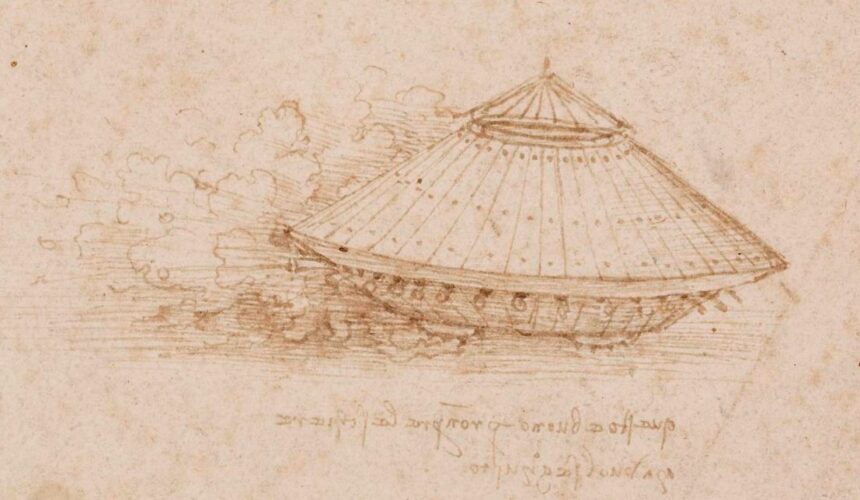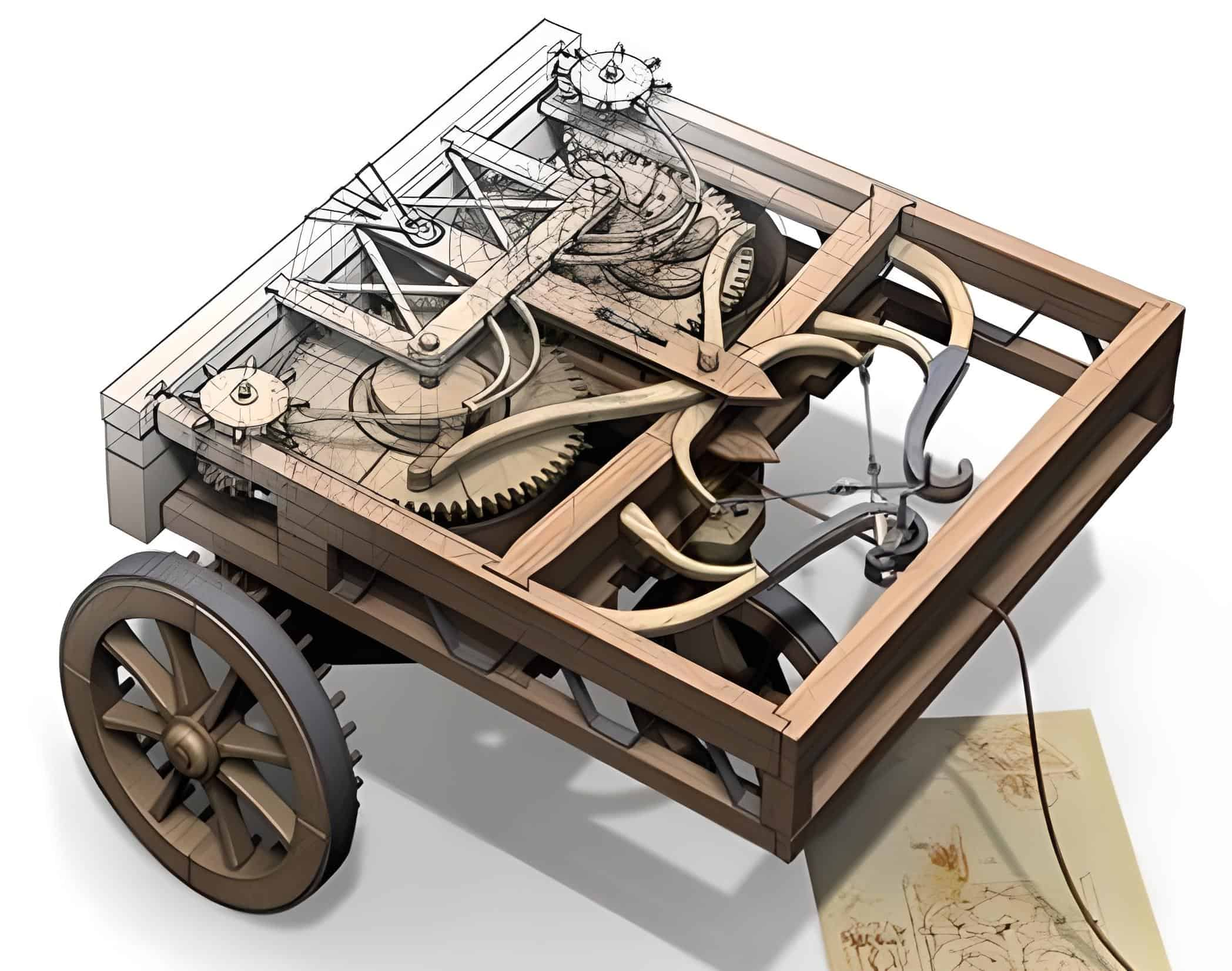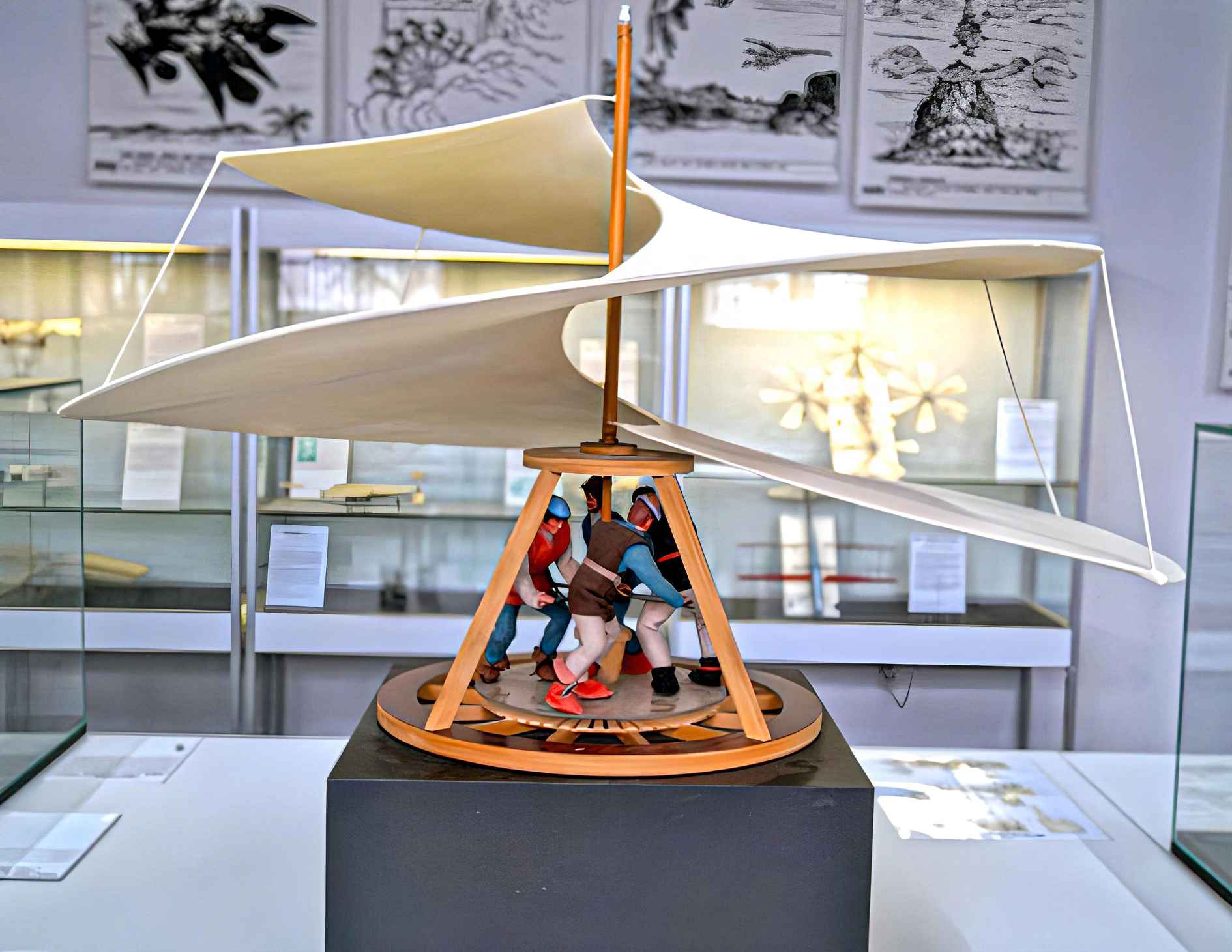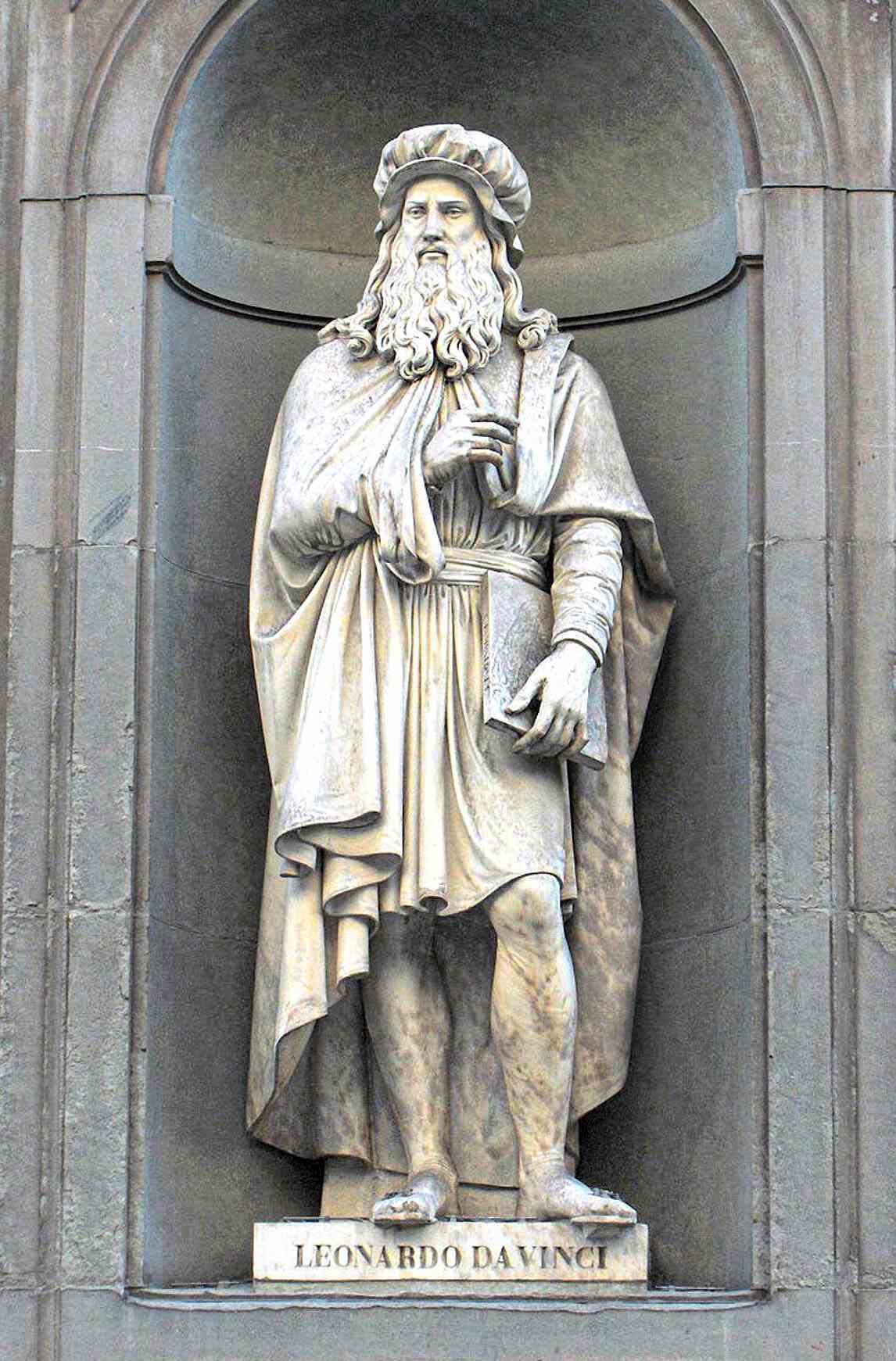In Quattrocento Italy, princes competed to secure the best engineers. Military engineers, skilled in artillery, mechanics, and hydraulics, were highly sought after in royal courts. Leonardo da Vinci, a master of drawing and keen observer of nature, quickly understood this demand.
Thus, in 1482, at the age of thirty, he joined the court of Ludovico Sforza, Duke of Milan. For him, Leonardo designed sketches of bridges, assault ladders, and even the ancestor of the modern tank.
Development of Tanks
Around 1500, Leonardo da Vinci designed a cone-shaped armored machine. Theoretically capable of rotating 360 degrees and equipped with weapons, it strongly resembles the modern tanks that would emerge centuries later during World War I. Leonardo did not merely sketch the overall structure; he also considered its mechanics. He envisioned the vehicle being operated by eight men inside, who would turn cranks to power the wheels. Though impossible to construct at the time, this concept remains an impressive feat of engineering.
Design of the Pyramidal Parachute
Leonardo da Vinci had many groundbreaking ideas, and before even tackling the tank, he imagined an early form of a parachute. Between 1485 and 1502, he designed a pyramidal parachute with striking dimensions—approximately 7 meters on each side and in height. A square wooden frame supported the fabric. According to notes in his journals, this device would allow a person to descend safely from great heights. This claim was tested much later, in 2008, when Swiss parachutist Olivier Vietti-Teppa successfully glided using a replica of Da Vinci’s design.
Birth of the Bicycle
A drawing discovered in 1960 within one of Leonardo da Vinci’s many codices raised intriguing questions. The bicycle, as we know it, is generally credited to the German baron Karl von Drais, who introduced a precursor to the bicycle—the draisine—in 1818, featuring handlebars, two wheels, and a seat. However, Leonardo’s sketches suggest that he had already conceptualized a bicycle-like mechanism. His drawings include a straight chain and three toothed wheels of different diameters—an early form of a gear system that hints at a fundamental understanding of bicycle mechanics.
One of the First Automobiles
Leonardo’s fascination with clockwork and perpetual motion led him to design, around 1478, one of history’s first self-propelled vehicles. This early automobile resembled a three-wheeled chassis without a body, but it was intended to move on its own, powered by a system of coiled springs. In 2004, Italian scientists built a working model based on his sketches, which is now displayed at the Leonardo da Vinci Museum in Vinci, his hometown.
Prototype Diving Suit
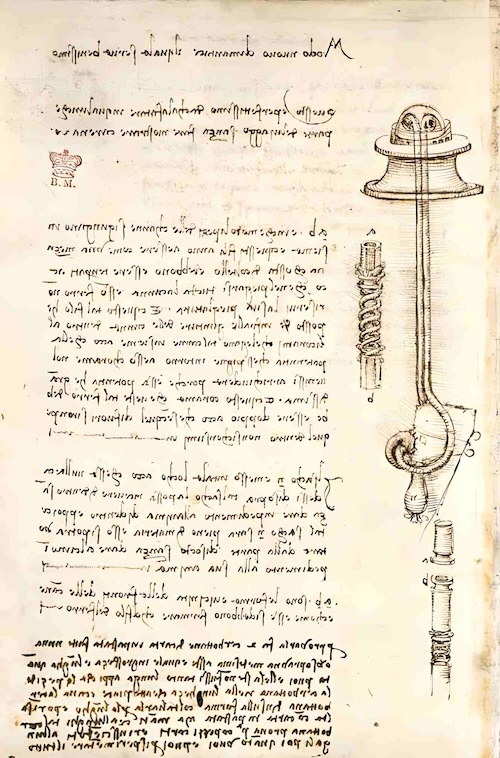
Among Leonardo’s remarkable drawings is a sketch of a diving suit equipped with a helmet connected to the surface by a breathing tube. He even included an internal air pocket to help the diver hold their breath longer underwater.
However, when tested centuries later, the design proved impractical. This highlights a crucial aspect of Leonardo’s inventions—none were built during his lifetime.
Whether due to technical limitations or lack of funding, his ideas remained on paper, an unfinished chapter in the legacy of a true Renaissance genius.


